For over 30 years, german photographer and film maker Peter Lindbergh has created a defining language of persona and iconography. His work is now the subject of a solo exhibition at Vladimir Restoin Roitfeld. Occupying two floors, the exhibition consists of photographs spanning the 1980s through the present, many never before exhibited, each personally selected by the photographer from his archives. The exhibition is a kaleidoscopic, non-linear journey into Lindbergh’s pictorial world.
The exhibition also includes poetry by Pulitzer Prize Nominee Forrest Gander. A recorded voice, reciting Gander’s poem will loop throughout the exhibition.
Twin spoke to the legendary photographer about his solo exhibition and highlights of his career.
The exhibition will be on display at Vladimir Restoin Roitfeld from September 7 until October 4.
Tell us about the exhibition, what can we expect?
This is an exhibition with about 35 images, many of them never presented in a gallery. Viewers can expect a mixture of portraits, landscapes and still lifes mixed with Forrest Gander’s reading of the writing he did especially for the exhibition, which will permeate through a sound system for the duration of the show.
How did the idea to work with Forrest Gander come up?
This idea came about because I love Forrest’s poems. He’s also from the Mohave Desert, where many of my pictures have been shot, so it made him the perfect collaborator. I just love the idea of words and images together and think that one will inspire or enrich the other.
It is not just fashion images but also landscape and still lifes, is there a link between them? I don’t think that there are many so called “fashion pictures” in the exhibition. It’s more about a poetic mixture of portraits, landscapes and some still lifes. I do lots of landscapes and stills when I’m out shooting and love to mix all these different types of images together. In the end, I always enjoy doing a portrait or something, even when I’m shooting stills of hands or the desert.
Do you have a favorite moment as a fashion photographer?
An important moment was at the end of the eighties, when I could not, or didn’t want to, photograph women in the style used by fashion photographers and magazines. This is why I refused to work for American Vogue. After Alexander Liberman called me in to ask me why, I explained to him that my view of women was very different from that of Vogue. He proposed that I take one of his editors and photograph the type of women that I want and to show him the results. So I went with Carlyne Cerf to Los Angeles and photographed six models in white shirts. The models were Christy Turlington, Estelle Lefebure, Karen Alexander, Linda Evangelista, Rachel Williams and Tatjana Patitz. This was the beginning of 1988. These women were later recognized as supermodels and dominated fashion magazines around the world.
How do you think fashion photography has changed since you started?
Although there are interesting photographers working today, I believe that mainstream fashion photography today has put itself in a corner by overusing Photoshop. This has created an image of women that I totally disagree with. For me, fashion photographs are portraits of women in the context of the time they’re shot. The definition of a woman was always more important to me than anything else in fashion photography. The term “fashion photographer” is not automatically identifiable with an interesting point of view, when you study the actual fashion magazines. I’m saying this about mainstream tendencies, there are, of course, interesting magazines out there today.
Where do you find inspiration?
Inspiration is everywhere and everything is inspiration.
Are you working on some new projects now?
We’re currently working on several upcoming museum and gallery exhibitions, as well as two book projects. These include a large museum exhibition in Zagreb, Croatia (April 2014), an exhibition at Fahey/Klein Gallery in Los Angeles (February 2014) and a second volume of “Images of Women” featuring work from 1995-2013.
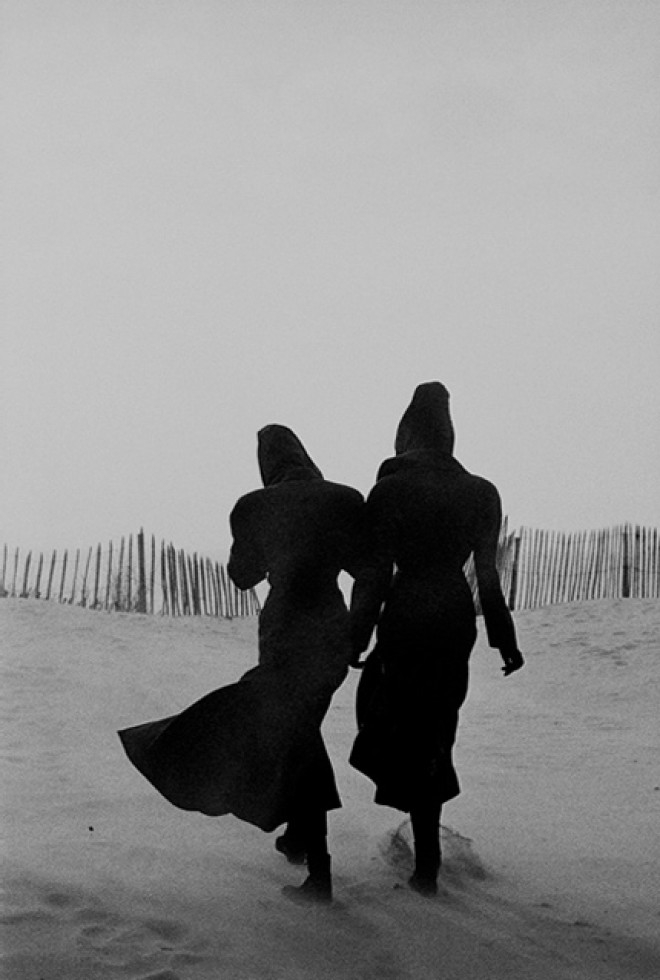
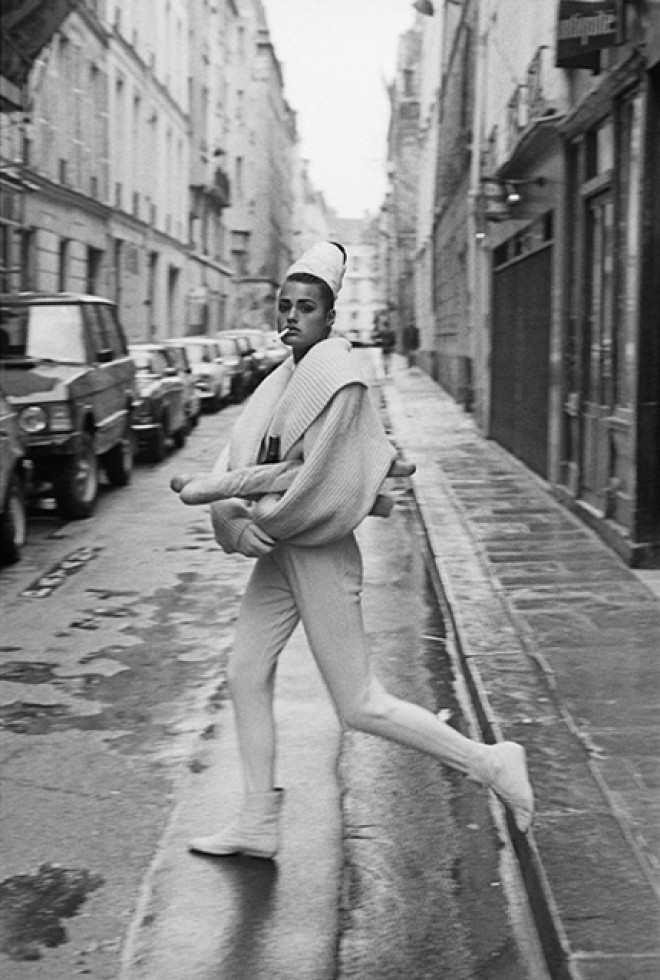
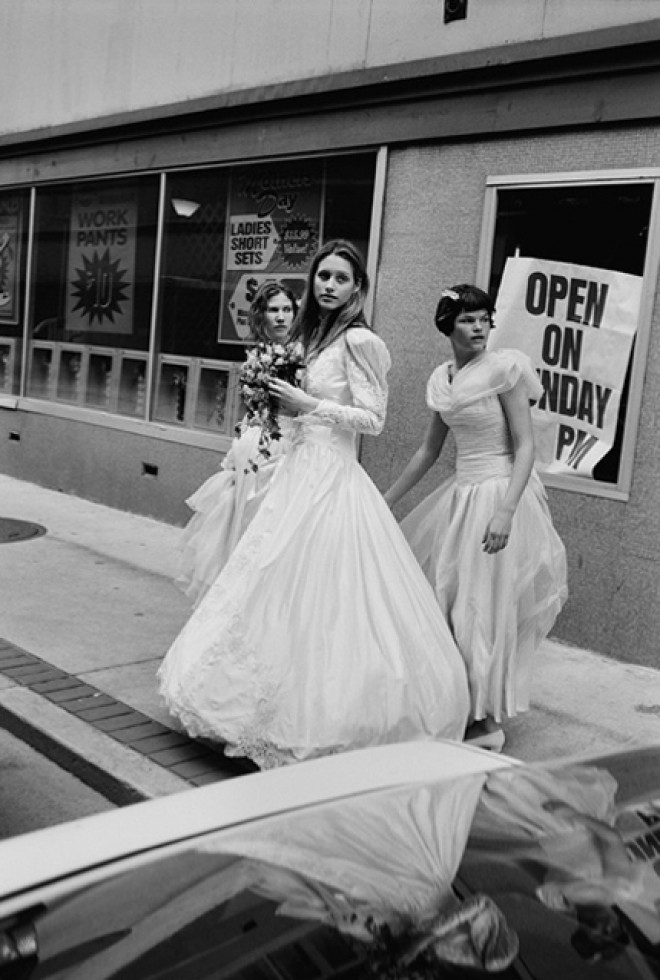
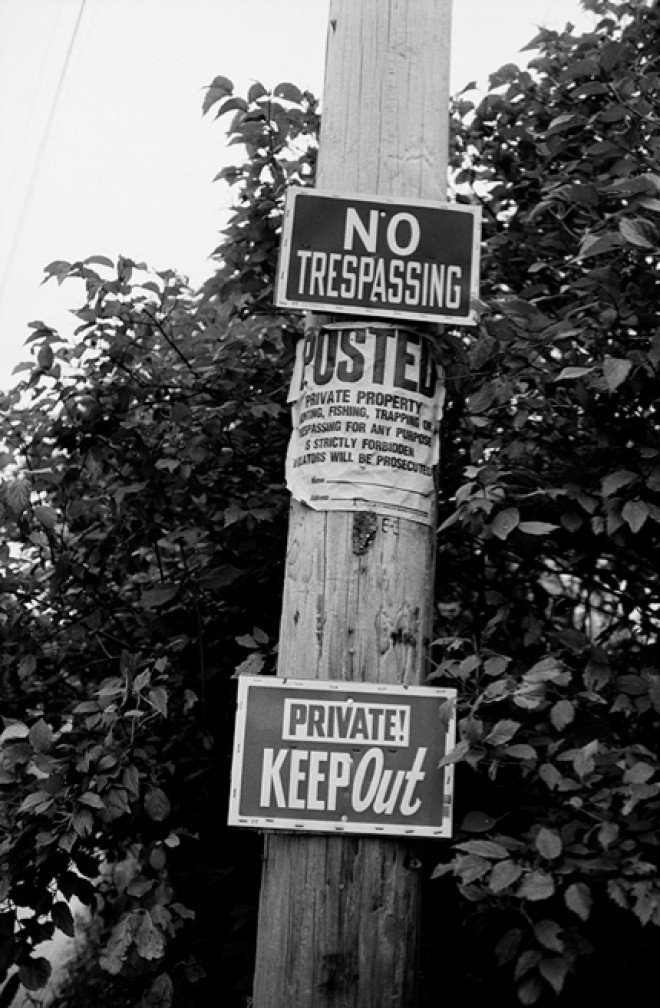
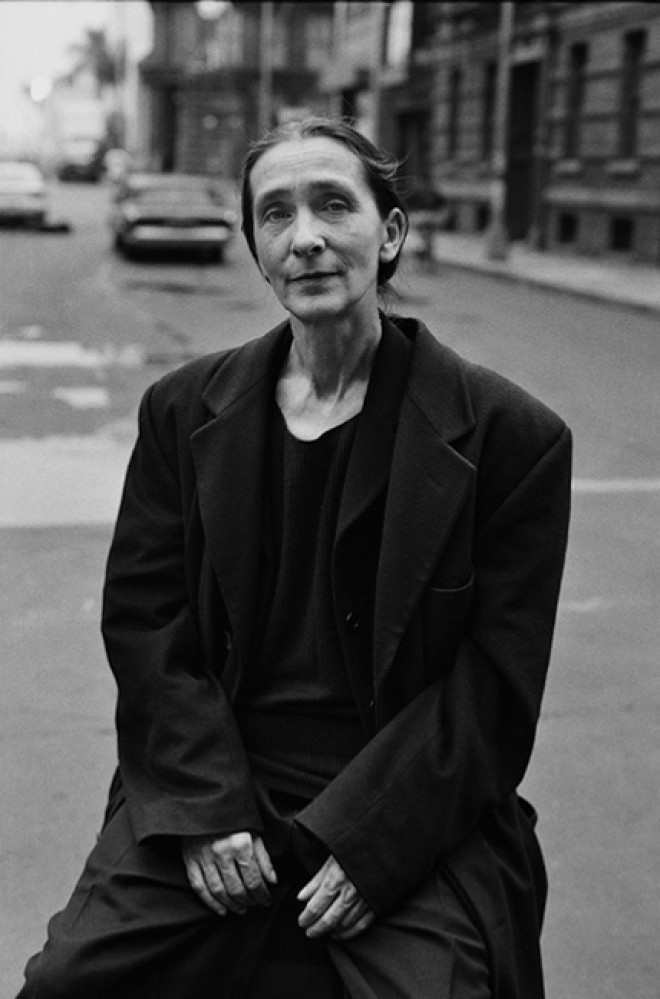

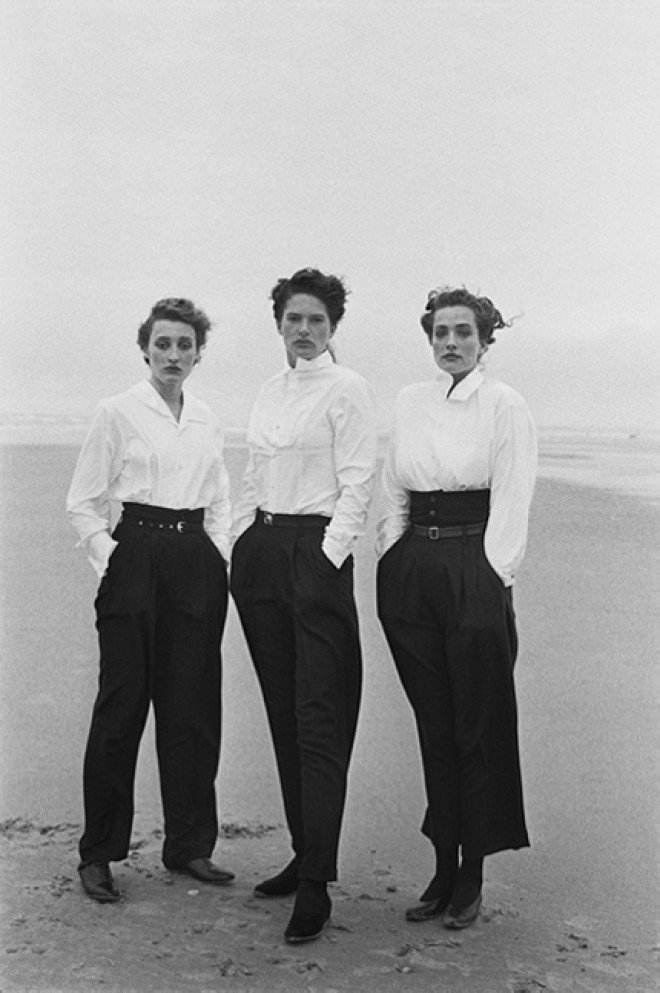

 Twitter
Twitter
 Tumblr
Tumblr
 YouTube
YouTube
 Facebook
Facebook
 Instagram
Instagram
